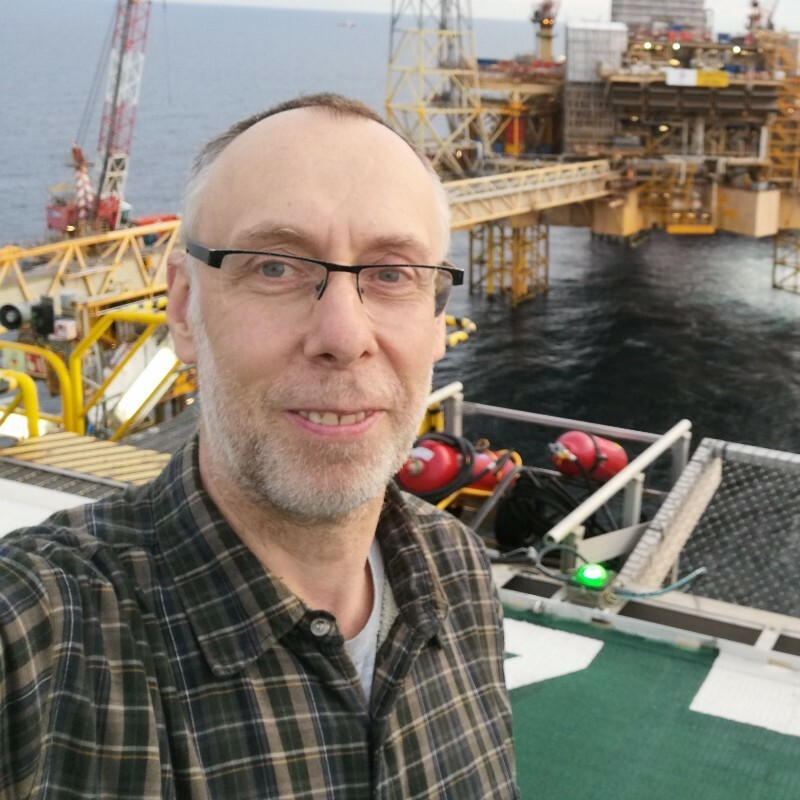Advertisement

In-Pipe Robotic solution for tubular mapping and repurposing - Alastair Brodie and Binh Nguyen of Vallourec
Tubular mapping and repurposing - In-Pipe Robotic solution
Location: Soul Bar - Back Bar - Langstane Place, Aberdeen from 11.45am - 1.30pm
In-Pipe Robotic solution for tubular mapping and repurposing
Speakers: Alastair Brodie, Binh NGUYEN, Vallourec Tubes
Objectives
The purpose of this article is to share new developments in casing tubing technologies to help Oil & Gas operators to prevent and mitigate drilling, completion technical issues and material management. (1) Prime Mapping yard service to ensure casing full-length ID map matching with packer tolerance while setting; to provide actual casing bore volume for cement displacement to improve plugs bump; to optimize casing string by WT for high casing wear or high collapse sections (2) Tubular Repurposing service to enable operators to run/re-run/re-sell redundant pipes, focus on inactive, workover, and pulled pipes.
Methods, Procedures, Process
- Prime Mapping service is run by trained technicians in operator’s yard with a portable In-Pipe Rover device to measure pipe full-length geometry data, about 1000 slices per 12m; This ID or WT map is acquired wirelessly on a laptop software nearby. It is used to accept/ reject certain pipes according to operator’s threshold or sort pipes according to dimensions for different downhole conditions.
- Tubular Repurposing service uses In-Pipe Rover portable devices running inside pipes to acquire geometric dimensions and defect map, including internal surface corrosion, pitting, crack (longitudinal, transverse, oblique), casing wear, wireline cut. This data leverage conventional visual inspection to reject, accept, and segregate pipes. Besides, operators can display any redundant stocks for re-sell on online commercial platforms with inspection certificates.
Results, Observations, Conclusions
- Prime Mapping service:
- The casing full-length ID check for packer slips/ teeth OD match is to ensure packer set and seal based on actual dimensions rather than nominal values. This simple step before drilling prevents operational NPT and cost.
- The casing string pre-run Tally with accurate bore volume of every single joint - based on effective length and average ID allows operator to displace cement by actual volume needed, not nominal numbers or 10% representative values. It helps to bump the plugs, especially in large ID section (13 3/8in) or production casing section (7in, 5.5in)
- The thickest pipes in the string are selected to place in challenging sections such as: higher casing wear risk, higher collapse risk (salt layer)
- Several jobs for IOCs in Europe, North Sea, Middle East, North and South America have proven the utility of this solution.
- Tubular Repurposing Service enhances inspection quality significantly by analyze pipes’ full-length geometry & defects with automated devices for high resolution & accuracy data. The operators no longer need to send pipes to Ultrasound/ EMI benches, which sometimes impossible. By utilizing existing stocks, they also save considerably cost, lead time, and CO2 emission compared to new pipe order.
Novel/Additive Information
The innovation factor in above solutions is the willingness of an OCTG supplier to develop field service model to adapt to operator’s need.
Speakers Biography:
Alastair Brodie

Vallourec/ VAM Field Service - Senior Technical Manager
Alastair joined Vallourec in 1988 as a VAM Field Service technician. He remains in VAM Field Service team and becomes a senior Technical Manager until now, supporting EAMEA region.

Binh NGUYEN - Vallourec Tubes - Service Line - Project Manager
Binh joined Vallourec in 2019 as Innovation - Corporate Strategy & Marketing intern, as a part of her master’s degree in IFP School. After IFP, she continues working for Vallourec as OCTG Services Project Manager. Before that, she worked for Schlumberger Drilling & Measurement from 2010 to 2017.








